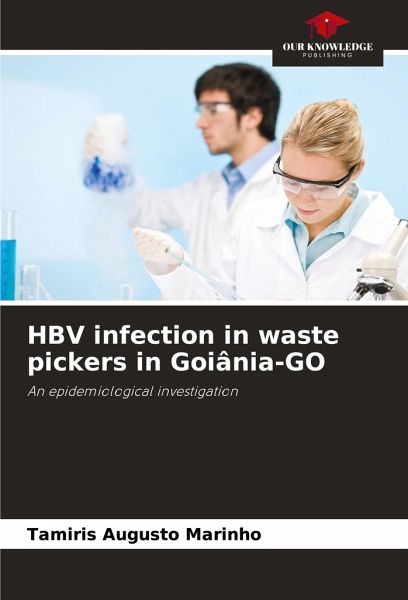
HBV infection in waste pickers in Goiânia-GO
An epidemiological investigation
Versandkostenfrei!
Versandfertig in 6-10 Tagen
33,99 €
inkl. MwSt.

PAYBACK Punkte
17 °P sammeln!
The hepatitis B virus (HBV) continues to be one of the main causes of liver disease worldwide, despite the vaccination programs implemented over the last decade. It is estimated that 2 billion individuals have been exposed to HBV and more than 240 million are chronically infected worldwide. Individuals with chronic hepatitis B are at high risk of developing liver cirrhosis and hepatocellular carcinoma. Waste pickers live in precarious social and environmental conditions. Currently, there is little data on HBV infection in this population. Therefore, the general aim of this study was to investi...
The hepatitis B virus (HBV) continues to be one of the main causes of liver disease worldwide, despite the vaccination programs implemented over the last decade. It is estimated that 2 billion individuals have been exposed to HBV and more than 240 million are chronically infected worldwide. Individuals with chronic hepatitis B are at high risk of developing liver cirrhosis and hepatocellular carcinoma. Waste pickers live in precarious social and environmental conditions. Currently, there is little data on HBV infection in this population. Therefore, the general aim of this study was to investigate the epidemiological profile of HBV infection in a population of waste pickers in Goiânia-Go.














